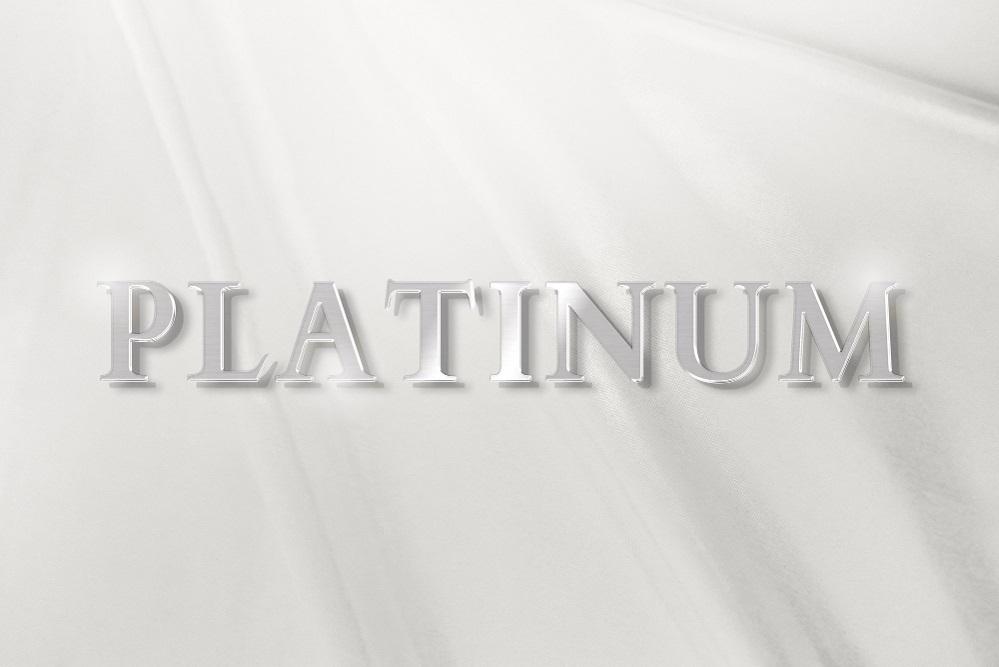Introduction
Platinum, one of the rarest and most valuable precious metals, has a significant impact on the metal futures market. As a critical component in various industrial applications, jewelry, and investment portfolios, fluctuations in platinum prices can have far-reaching effects on the broader metal futures landscape. In this blog, we will explore how platinum prices influence metal futures, examining the underlying factors, market dynamics, and potential future trends.
Understanding Platinum's Market Dynamics
Industrial Demand
Platinum's industrial demand plays a crucial role in its price movements and, consequently, its influence on metal futures.
- Catalytic Converters: Platinum is widely used in automotive catalytic converters to reduce emissions.
- Electronics: Utilized in electronic components due to its excellent conductivity and resistance to corrosion.
- Petroleum Refining: Essential in refining processes for its catalytic properties.
- Chemical Production: Used in the production of various chemicals, including fertilizers and explosives.
- Glass Manufacturing: Employed in the production of high-quality glass.
- Medical Devices: Integral in medical implants and devices due to its biocompatibility.
- Fuel Cells: Critical component in the development of hydrogen fuel cells for clean energy.
Jewelry Demand
Platinum's appeal in the jewelry market adds another layer of demand, influencing its price and the metal futures market.
- Luxury Appeal: Known for its rarity and luster, platinum is a preferred choice for luxury jewelry.
- Durability: Its durability makes it ideal for fine jewelry that withstands daily wear.
- Cultural Significance: Widely used in wedding bands and engagement rings in various cultures.
- Design Versatility: Platinum's malleability allows for intricate and detailed jewelry designs.
- Market Trends: Jewelry market trends can cause significant fluctuations in platinum demand and prices.
- Investment Appeal: Considered a safe-haven investment during economic uncertainty.
- Resale Value: High resale value due to its intrinsic worth and demand.
Investment Demand
Safe-Haven Asset
Platinum is often viewed as a safe-haven asset, attracting investors during periods of economic uncertainty.
- Economic Uncertainty: Demand spikes during economic downturns or geopolitical tensions.
- Diversification: Investors use platinum to diversify their portfolios.
- Inflation Hedge: Acts as a hedge against inflation.
- Global Demand: International investors drive global demand and influence prices.
- Market Speculation: Speculative trading can lead to price volatility.
- Physical vs. Paper: Demand for physical platinum versus paper investments (ETFs, futures).
- Central Bank Policies: Policies affecting interest rates and currency values impact platinum investment demand.
Factors Influencing Platinum Prices
Supply Constraints
Supply constraints significantly impact platinum prices, thus influencing metal futures.
- Mining Challenges: Difficult and expensive mining processes.
- Geopolitical Factors: Political instability in major producing countries (e.g., South Africa).
- Environmental Regulations: Stricter regulations can limit production.
- Labor Issues: Strikes and labor disputes affecting production.
- Exploration Costs: High costs associated with exploration and new mine development.
- Recycling Rates: Limited recycling rates compared to other metals.
- Resource Depletion: Depleting reserves leading to scarcity.
Technological Advancements
Technological advancements can both drive and suppress platinum demand, impacting its prices.
- Automotive Industry: Development of electric vehicles reducing demand for catalytic converters.
- Hydrogen Economy: Growth in hydrogen fuel cell technology increasing demand.
- Electronics Innovation: New uses in electronics and renewable energy technologies.
- Medical Advances: Innovations in medical devices and implants.
- Chemical Processes: Advances in chemical production techniques.
- Recycling Technologies: Improved recycling methods increasing supply.
- Substitution Trends: Development of substitutes in industrial applications.
Global Economic Indicators
Economic Growth
Global economic growth directly impacts platinum demand and prices, influencing metal futures.
- Industrial Production: Increased industrial production boosts platinum demand.
- Automotive Sales: Growth in automotive sales drives demand for catalytic converters.
- Consumer Spending: Higher consumer spending increases jewelry purchases.
- Construction Boom: Infrastructure projects and construction activities.
- Technological Investments: Investments in new technologies and clean energy.
- Trade Policies: International trade policies affecting supply chains and prices.
- Currency Fluctuations: Exchange rates impacting import/export dynamics.
Inflation Rates
Inflation rates are a critical factor affecting platinum prices and metal futures.
- Inflation Hedge: Platinum's role as an inflation hedge.
- Purchasing Power: Impact of inflation on consumer purchasing power.
- Investment Shifts: Shifts in investment strategies due to inflation.
- Central Bank Policies: Interest rate decisions by central banks.
- Commodity Prices: Overall commodity price trends.
- Economic Policies: Government policies to control inflation.
- Market Sentiment: Investor sentiment during inflationary periods.
Impact on Metal Futures
Market Speculation
Speculation in the metal futures market is heavily influenced by platinum prices.
- Price Volatility: Increased volatility due to speculative trading.
- Trading Volume: Higher trading volumes during price movements.
- Market Sentiment: Speculative activities driven by market sentiment.
- Short Selling: Impact of short selling on price dynamics.
- Hedging Strategies: Use of futures for hedging against price fluctuations.
- Technical Analysis: Influence of technical analysis on trading decisions.
- Regulatory Changes: Impact of changes in market regulations.
Correlation with Other Metals
Platinum prices often correlate with other metal prices, affecting the broader metal futures market.
- Gold and Silver: Price movements in gold and silver.
- Palladium: Correlation with palladium prices due to similar uses.
- Industrial Metals: Impact on metals like copper, nickel, and zinc.
- Commodity Indexes: Inclusion in commodity indexes influencing overall trends.
- Cross-Market Impact: Influence on other commodity markets.
- Investment Funds: Behavior of funds investing in multiple metals.
- Market Analysis: Role of market analysis in predicting price movements.
Conclusion
Platinum prices play a significant role in shaping the metal futures Price. From industrial and investment demand to supply constraints and global economic indicators, numerous factors influence platinum's price dynamics. As we move forward, keeping an eye on these factors will be crucial for investors and market participants looking to navigate the complexities of the metal futures market.
To Get Real-Time Price of Platinum Visit: https://pricevision.ai
Source: https://bresdel.com/blogs/544137/How-Will-Platinum-Prices-Influence-Metal-Futures





Comments